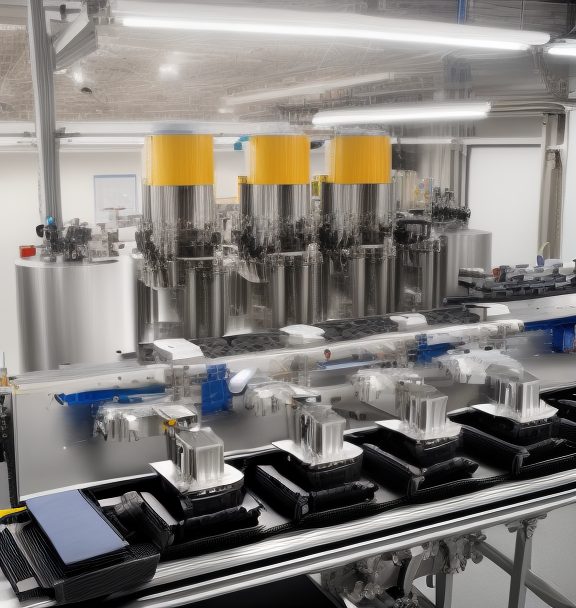Automation
Phasa plastic assembly machines can be deployed as stand alone manual manufacturing stations or we can deploy the technology in to many automated processes to streamline and optimize the assembly of plastic components in various industries. Automation in plastic assembly offers several benefits, including increased efficiency, improved product quality, reduced labour costs, and enhanced production capacity. Here are some key aspects of plastic assembly automation:
Robotic Systems: Robots are commonly used in plastic assembly to handle, position, and manipulate plastic components with precision. Robots can be equipped with specialized end-of-arm tooling to perform tasks such as picking and placing, heat staking, ultrasonic welding, and more.
Conveyance Systems: Automated conveyors and material handling systems transport plastic components to different assembly stations, ensuring a smooth and continuous production flow. These systems can be customized to suit the specific needs of the assembly process.
Vision Systems: Machine vision technology is often integrated into plastic assembly automation to inspect and verify the quality of plastic components. Vision systems can detect defects, verify correct assembly, and ensure product quality.
Automated Fastening: Automation systems can be designed to perform various plastic assembly methods, including heat staking, ultrasonic welding, vibration welding, snap-fits, and adhesive bonding. These methods are used to create secure and durable connections between plastic parts.
Quality Control: Automated inspection and testing equipment can be employed to check the dimensions, alignment, and functionality of assembled plastic components. This helps identify and reject any defective parts.
Data Monitoring and Integration: Many automated plastic assembly systems are equipped with data monitoring and integration capabilities. This allows for real-time data collection, process monitoring, and integration with other systems, like Manufacturing Execution Systems (MES) or Enterprise Resource Planning (ERP) software.
Customization: Plastic assembly automation can be customized to meet the specific requirements of the product and industry. This includes designing custom end-of-arm tooling, fixtures, and programming to ensure the automation system performs efficiently and accurately.
Cost Savings: By reducing manual labor, improving production efficiency, and minimizing defects, plastic assembly automation can lead to significant cost savings over time.
Industries that commonly benefit from plastic assembly automation include automotive, electronics, medical devices, consumer goods, and more. The choice of automation technology and equipment will depend on the specific requirements of the application and the materials involved. Customization and a thorough understanding of the assembly process are key to successful plastic assembly automation.


